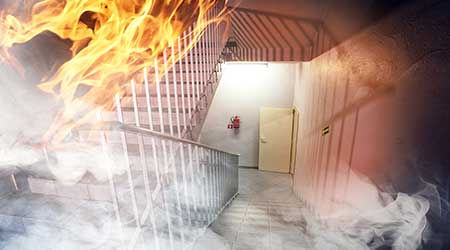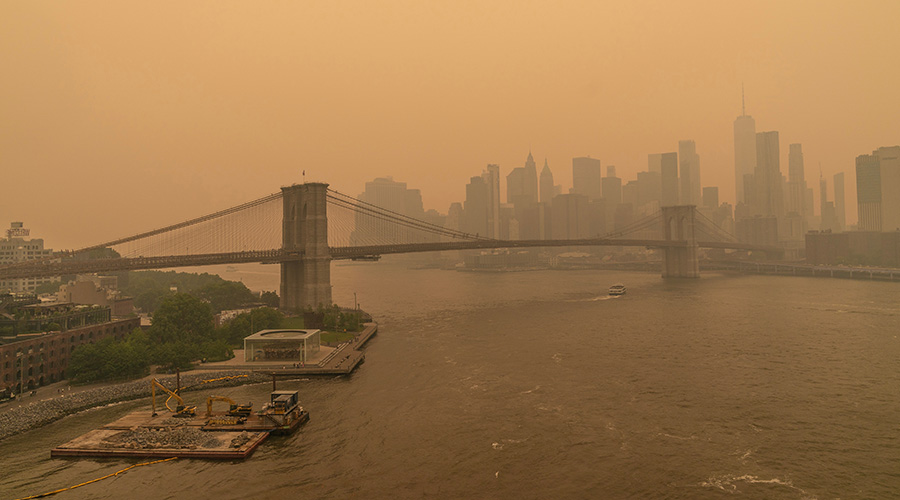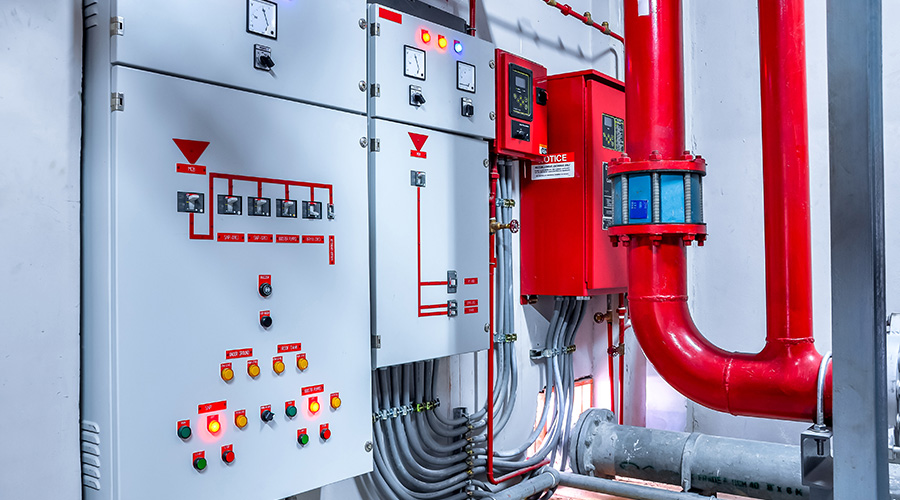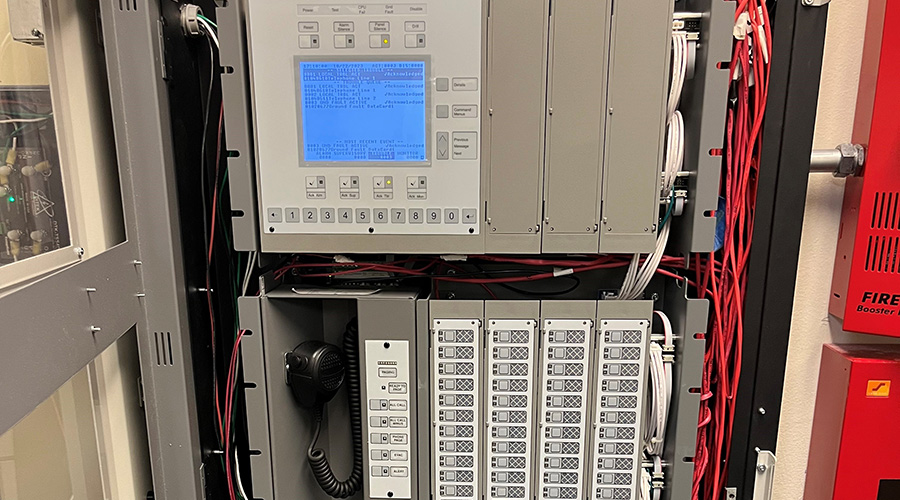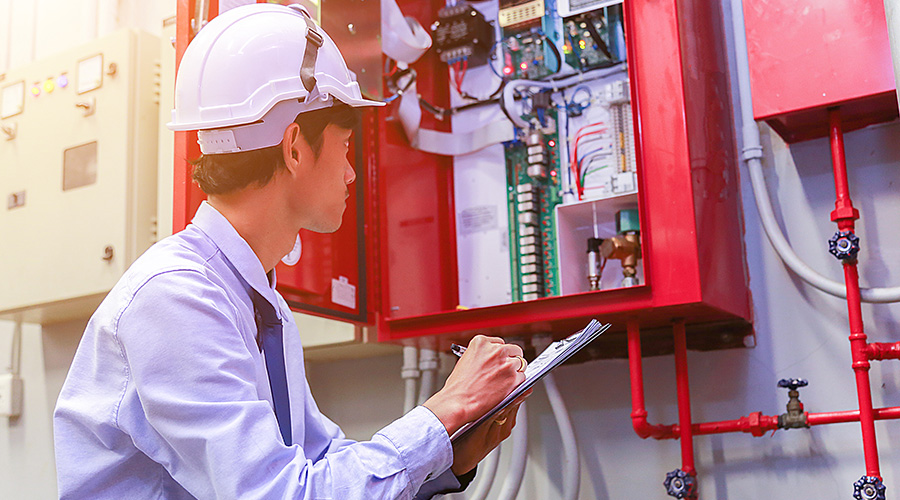Early Fire Safety Systems Planning Saves Time, Money
Fire suppression and alarm systems, fire protection water supply, and life safety features should be understood and planned for before construction begins.
One of the most effective ways to reduce unnecessary costs in building projects is to develop specific plans for fire protection, as well as integrating approving authorities into the early development stages of a building’s design. Although early fire protection planning is on the uptick, too often fire protection design is still something of an afterthought when compared to other building trades.
Unfortunately, discovering difficult-to-navigate codes, standards, ordinances, and authorities having jurisdiction (AHJs) late in the construction process can result in unnecessary — and sometimes budget-breaking — expenditures. Fire suppression and alarm systems, fire protection water supply, and life safety features, as well as approving authorities’ knowledge and interpretation of the requirements for each, should be understood and considered during a project’s conception.
Avoiding surprises on new construction
During new construction, there are dozens of factors that could result in the requirement of one or more new fire protection systems. One example is the storage of plastic commodities more than six feet high in an area exceeding 500 square feet. In this situation, there may be a need for increased fire suppression, additional water volume to feed it, smoke and heat venting at the roof, draft curtains, smoke extraction, and fire alarm systems that otherwise may not have been required.
Another example would be the emergency voice communication systems required for buildings with an occupied floor greater than 75 feet above the lowest level of fire department access. Depending on the nature of the occupancy, a multitude of lesser-known, but equally important, fire protection features may be required. Some examples include standpipe systems, special purpose portable fire extinguishers, emergency voice communication, smoke control systems, and explosion control. These are in addition to more commonly known features, and could affect the need for additional site work, changes to the building facade, wider or more robust roadways, radio repeaters, key boxes, roadway or building signage, and so on.
Related Topics:








